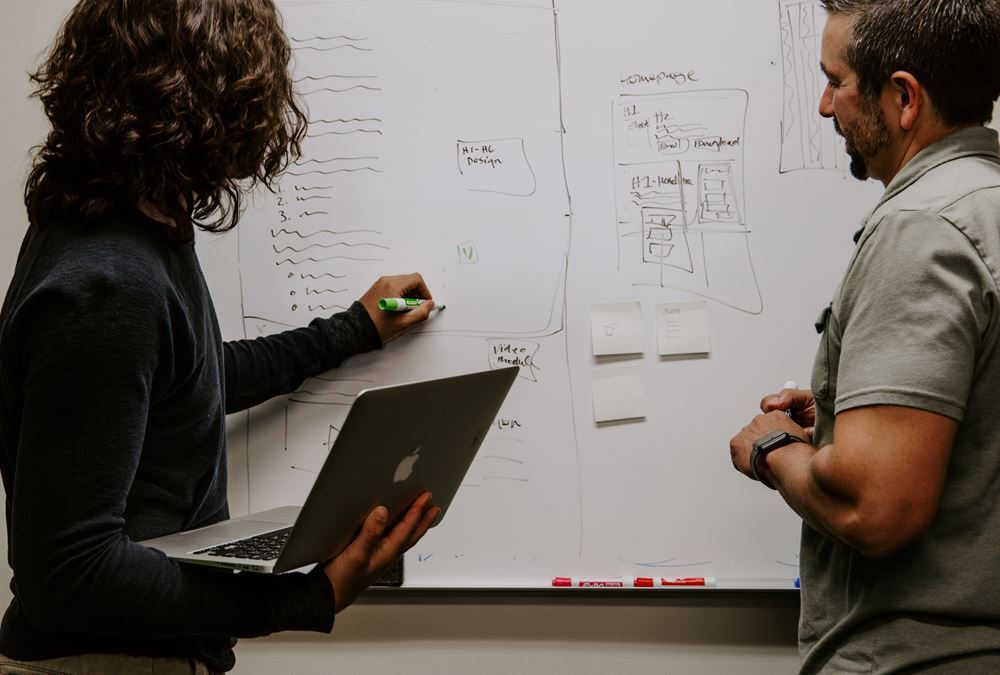- Home
- Business Processes
- Industry Knowledge
- Aerospace Industry
- Automotive Industry
- Banking Domain
- BFSI Industry
- Consumer/ FMCG Industry
- Chemicals Industry
- Engineering & Construction
- Energy Industry
- Education Domain
- Finance Domain
- Hospitality Domain
- Healthcare Industry
- Insurance Domain
- Retail Industry
- Travel and Tourism Domain
- Telecom Industry
- Leadership Skills
- eLearning
- Home
- Leadership Skills
- Leadership Theories
- Skills Approach Application
Skills Approach Application
According to the three-skill approach of Katz, the individual's leadership abilities vary depending on where leaders are in a management hierarchy. The practical implication of skills approach to leadership is that leaders can improve their capabilities in leadership skills through training and experience.
Advantages of Skills Approach:
The skills approach to leadership describes leadership from a skills standpoint and provides a structure for understanding the nature of effective leadership. According to three-skill approach of Katz the importance of certain leadership skills varies depending on where leaders are in a management hierarchy. In Mumford’s skill model theory he proposes that leadership effectiveness is directly correlated to a leader’s competencies in problem-solving skills, social judgment skills, and knowledge. The biggest takeaway from these studies was the outcome that these skills can be learned and developed. The practical implication of skills approach to leadership is that leaders can improve their capabilities in leadership skills through training and experience. Hence they assist in defining a structured approach to leadership education and development and help to frame the curricula of organizational training and leadership development programs.
How to use this approach:
The learner can use the characteristics of the skills defined in this approach to do a comparative self –evaluation of oneself to identify one’s strengths and weaknesses with regard to these three skills; technical, human, and conceptual. This assessment provides insight into one’s own leadership competencies and based on the development areas identified, learners can take specific trainings to enhance their leadership effectiveness.
There are many questionnaires available based on these studies to assess individual's skills. They provide a useful self-help, but a word of caution here is that they cannot be used in research because they have not been tested for reliability and validity. A typical questionnaire is the "Skills Inventory" and you can also take the quiz designed by TechnoFunc called TechnoFunc’s Skill Inventory to assess your skills and development areas.
Self-Leadership Development Plan:
Given below are the steps to define a leadership development plan for yourself using the key concepts from this approach:
1. Do a self-assessment – Use TechoFunc’s Quiz
2. Identify your strengths and weaknesses
3. Identify your training needs.
4. Explore the relevant area on TechnoFunc’s website to learn more about the skillset you need to develop and explore the tools provided here to increase your effectiveness.
Related Links
You May Also Like
-
The Vroom-Yetton model is designed to optimize for the current situation the leadership style for best decision-making. Its a decision model formulated with contribution from Arthur Jago on how to make group decisions. The leader must gather information from the team prior to making the decision and involves more people in the decision process.
-
Leadership traits refer to personal qualities that define effective leaders. Here are the major leadership qualities that can make someone a good leader. Five key traits that are common in leaders can be learned and sharpened with time.
-
Trait theories of leadership explain the leadership traits that have been studied to determine what makes certain people great leaders. The practical application of the theory is looking at how the leader‟s behavior affects their subjects.
-
Maslow's hierarchy of needs is a motivational theory that explains that people are motivated by five basic categories of human needs. These needs are physiological, safety, love and belonging, esteem, and self-actualization. There is a little scientific basis for this concept of a hierarchy of needs.
-
Transformational Theories of Leadership
Transformational leadership theories focus on the leadership approach where the leader encourages, inspires employees to innovate and create positive and valuable organizational change. A transformational leader works towards “transforming” the culture to one that cultivates trust, mutual admiration, loyalty, and respect with the end goal of developing followers into leaders. Transformational leaders are known to be visionary, inspiring, daring, risk-takers, and thoughtful.
-
In emergent leadership, the leader is not appointed or elected to the leadership role but emerges as the leader as he is perceived by others over time as a result of the group's interaction. A person steps up as the leader over time by taking on tasks voluntarily, helping others complete their tasks better, and building consensus among groups.
-
The Path-Goal theory defines the characteristics of followers and organizational context and the corresponding leadership style best suited to these factors. A leader should adapt to a behavior that is most relevant for a given employee and work environment mix to achieve a goal. The application of theory drives increased employees' motivation, empowerment, and satisfaction resulting in increased productivity.
-
Process & Stages of Creativity
Creative ideas do not come just like that. There is a process to it. There are a number of techniques of creativity to support the generation of ideas but the widely practiced ones are brainstorming and lateral thinking. Most innovations are not so much the product of sudden insights as they are the result of a conscious process that often goes through multiple stages. The creative process can be divided into four stages of preparation, incubation, evaluation, and implementation.
-
Blake and Mouton Managerial Grid is a style leadership model that identified five manager styles based on two dimensions viz concern for people and the concern for production. Managerial Grid uses concern for production style which is largely based on McGregor's Theory X.
-
There are four characteristics of leadership that help us to understand the character of leadership as a concept. 1. Leadership is a process, 2. Leadership involves influence, 3. Leadership always occurs in a group context and 4. Leadership involves goal attainment. These are the four components that make up the character of the 'leadership' term and help us to define the leadership concept. All of these components of leadership have common characteristics.
Explore Our Free Training Articles or
Sign Up to Start With Our eLearning Courses

About Us
Learning
© 2023 TechnoFunc, All Rights Reserved










